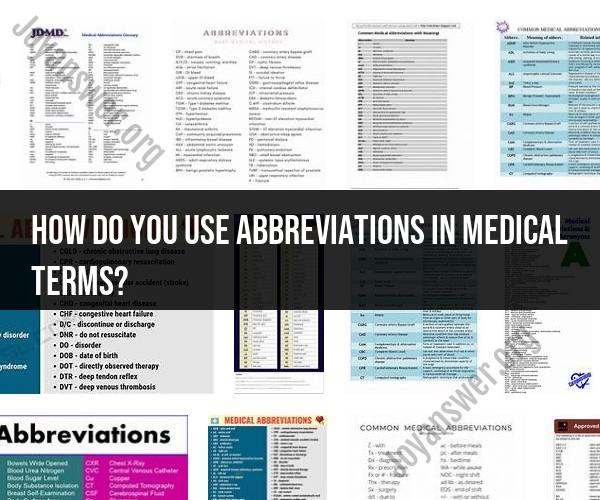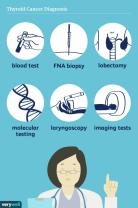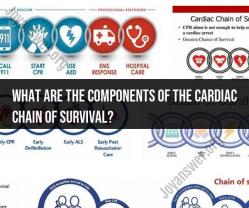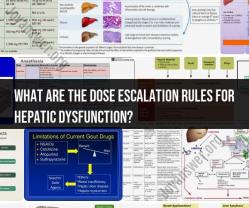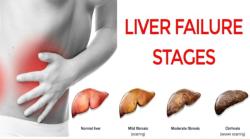How do you use abbreviations in medical terms?
Using abbreviations in medical terms can save time and space in documentation but must be done carefully to ensure clarity and accuracy. Here are some guidelines for using medical abbreviations:
1. Use Standard Abbreviations:
- Use standard, widely accepted medical abbreviations. These are often published in medical style guides.
- Avoid creating your own abbreviations, as they can lead to misunderstandings.
2. Use Abbreviations Sparingly:
- Use abbreviations only when necessary to avoid overuse, which can lead to confusion.
- Avoid using abbreviations in patient communication to ensure clear understanding.
3. Provide Definitions:
- The first time you use an abbreviation in a document, spell out the full term followed by the abbreviation in parentheses.
- Example: "Magnetic Resonance Imaging (MRI) is a common diagnostic tool."
4. Consistent Usage:
- Be consistent in your use of abbreviations throughout a document or medical record.
- Don't use multiple abbreviations for the same term.
5. Avoid Ambiguity:
- Be cautious when using abbreviations that could have multiple meanings.
- For example, "PT" could refer to physical therapy or prothrombin time, depending on the context.
6. Write Clearly:
- When writing, ensure that your abbreviations are legible and easily distinguishable from one another.
- Avoid using periods after each letter in an abbreviation (e.g., "mg" instead of "m.g.").
7. Local Policies:
- Be aware of any specific policies or guidelines regarding abbreviation usage within your healthcare institution.
8. Patient Safety:
- Avoid using abbreviations that are on the "do not use" list to prevent errors that could compromise patient safety.
9. EHR and Computer Systems:
- When using electronic health records (EHR) or computer systems, use built-in features for standardized abbreviations.
- Ensure that your EHR system does not autocorrect or misinterpret abbreviations.
10. Review for Clarity:- Before finalizing any medical document, review it for clarity and ensure that abbreviations do not hinder understanding.
In healthcare, clear and precise communication is critical. While abbreviations can be useful for efficiency, they should be used judiciously and always with the goal of maintaining clarity and patient safety. Be mindful of your audience, and when in doubt, spell out medical terms to ensure everyone understands the information correctly.
